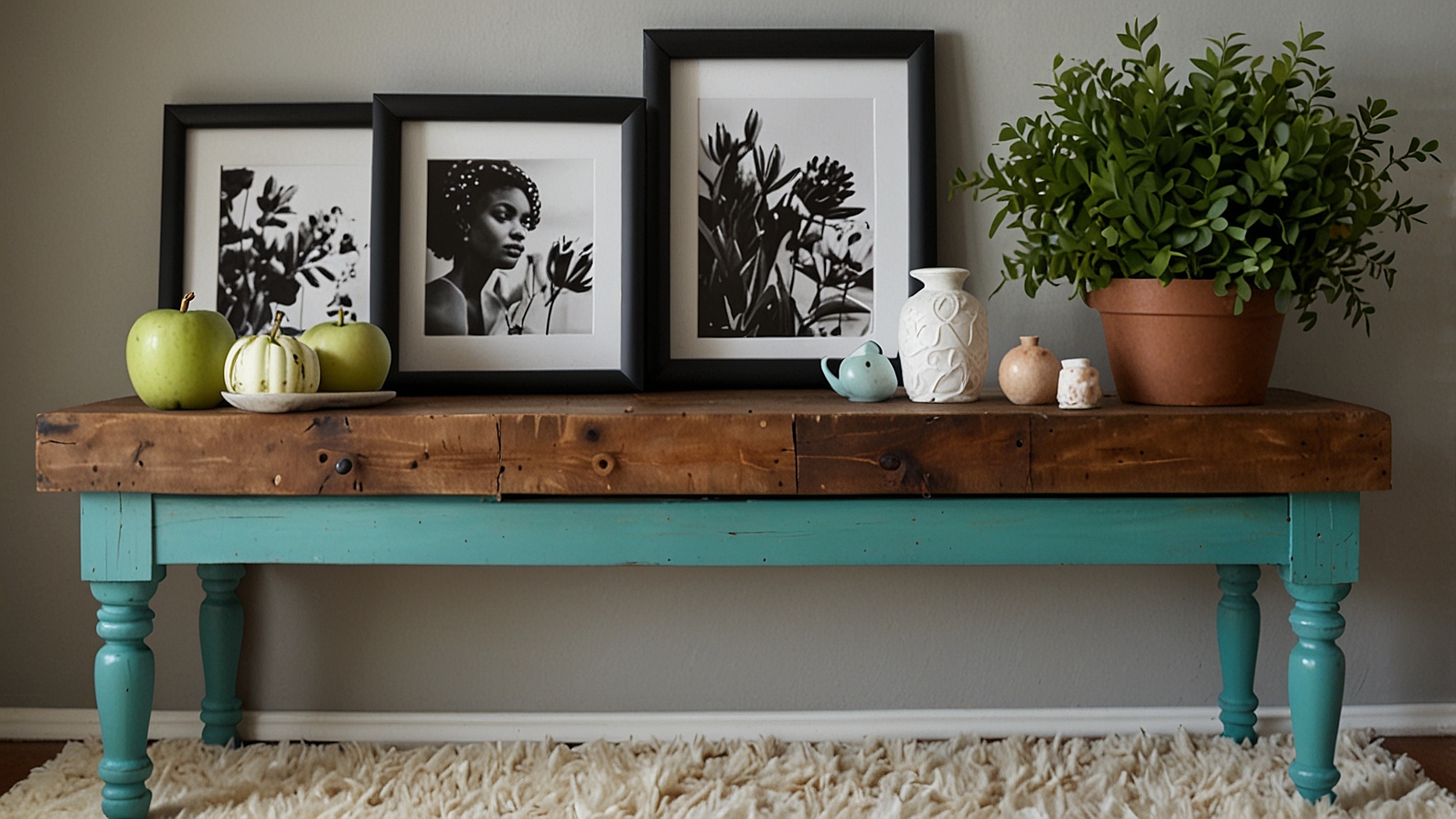Because making more money doesn’t have to mean spending more
You land a promotion. Your paycheck gets a little fatter. And then—without even noticing—you’re dining out more, upgrading your wardrobe, maybe even springing for a better car. That creeping shift? It’s called lifestyle inflation, and it’s one of the quietest threats to your long-term financial health.
Lifestyle inflation happens when your spending increases with your income, often leaving your savings rate flat—or worse, decreasing. While it’s natural to enjoy your financial progress, unchecked lifestyle creep can delay major goals like buying a home, traveling, or retiring comfortably.
Here’s how to recognize lifestyle inflation and—more importantly—how to keep it from hijacking your financial future.
1. Know Your “Enough”
Before you earn more, take time to define what “enough” looks like for your lifestyle. This isn’t about scarcity—it’s about intentionality.
Ask yourself:
- What brings me genuine satisfaction?
- Which upgrades are worth it to me, and which are just noise?
- What does a “rich life” mean for me beyond material things?
When you have a clear picture of what matters, it becomes easier to say no to unnecessary upgrades that don’t align with your values.
2. Automate Savings First
Want to avoid spending your raise before you’ve even seen it? Automate your savings the moment your income increases. This is called paying yourself first, and it’s a classic personal finance strategy that works.
Here’s how:
- Set a percentage of each paycheck to go directly into savings or investment accounts.
- Increase your savings rate every time your income rises (even by just 1–2%).
If you’re earning more but saving at the same rate, you’re missing an opportunity to build wealth faster without sacrificing much.
3. Use “Found Money” Strategically
Bonuses, tax refunds, or side gig income can feel like free money—but they’re actually a great opportunity to fast-track your financial goals.
Instead of defaulting to splurging:
- Use 70% for savings or debt payoff.
- Use 30% guilt-free for enjoyment.
This gives you the best of both worlds—progress and pleasure.
4. Budget for Joy, Not Just Bills
Avoiding lifestyle inflation doesn’t mean depriving yourself. It means spending smarter.
Build fun into your budget by creating a category for “wants” that fits your savings goals. That way, you’re not white-knuckling your finances or feeling like you’re always saying “no.”
What this does:
- Keeps spending intentional.
- Prevents impulsive purchases.
- Makes budgeting feel freeing, not restrictive.
5. Track the Upgrades
When you increase spending, make sure it’s conscious. Are you paying more for real value, or just out of habit or comparison?
Try this:
- Every few months, look at your spending and ask: What’s new? What’s better? What’s just more expensive?
- If something doesn’t improve your life noticeably, downgrade without guilt.
You’d be surprised how many subscriptions, dining habits, or splurges are on autopilot.
6. Avoid the Comparison Trap
Social media is a highlight reel—yet it’s easy to get caught up in lifestyle envy. The neighbor’s new SUV, your friend’s luxury vacation, or a coworker’s designer wardrobe can all spark the urge to spend more, even when you’re doing just fine.
To fight this:
- Focus on your own progress, not someone else’s.
- Track your net worth, not just your salary.
- Celebrate milestones like debt payoff or investment growth.
Remember, looking rich and being rich are not the same thing.
7. Don’t Inflate Fixed Costs Too Quickly
It’s tempting to upgrade your apartment, car, or phone plan when you start earning more. But fixed expenses are the hardest to dial back once they’re locked in.
Instead:
- Try a 6-month rule: If you get a raise, wait six months before making any big lifestyle changes.
- Keep housing and car costs at a reasonable percent of your income (ideally under 30% combined).
- Focus upgrades on things with flexibility or resale value.
8. Revisit Your Financial Goals Often
As you grow in your career, your goals may evolve—but that doesn’t mean your spending needs to balloon.
Review your goals quarterly:
- Are you on track for retirement?
- Do you have an emergency fund with 3–6 months of expenses?
- Are you investing regularly?
If the answer to these is “yes,” you can enjoy your money guilt-free. If not, now’s the time to refocus.
Final Thought: Intentional Growth Over Automatic Spending
It’s natural to want to enjoy the fruits of your labor. The key is mindful enjoyment, not mindless consumption. When you raise your income, you have a choice: inflate your lifestyle or increase your freedom.
The truth is, the richest people aren’t always the ones who spend the most—they’re the ones who control their money instead of letting it control them.
Keep your lifestyle in check, and your future self will thank you.














